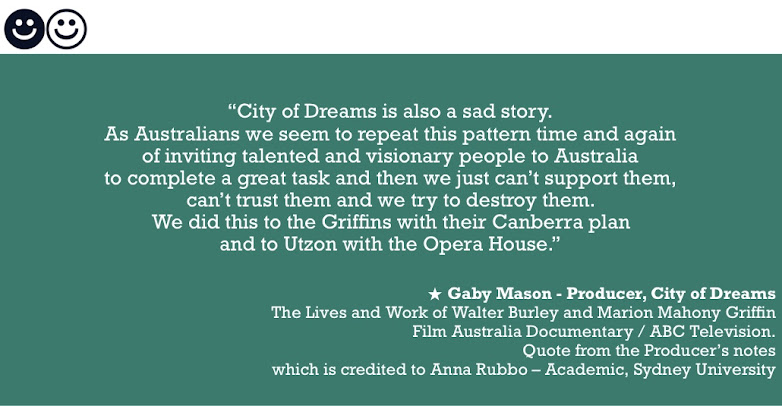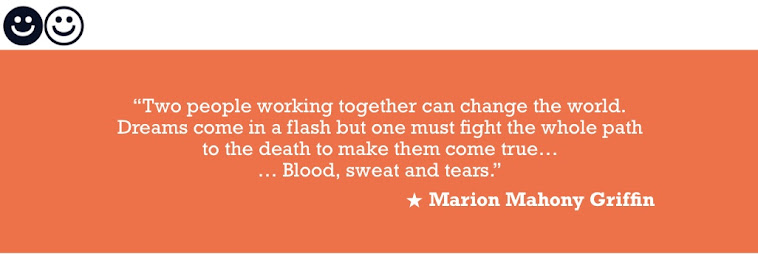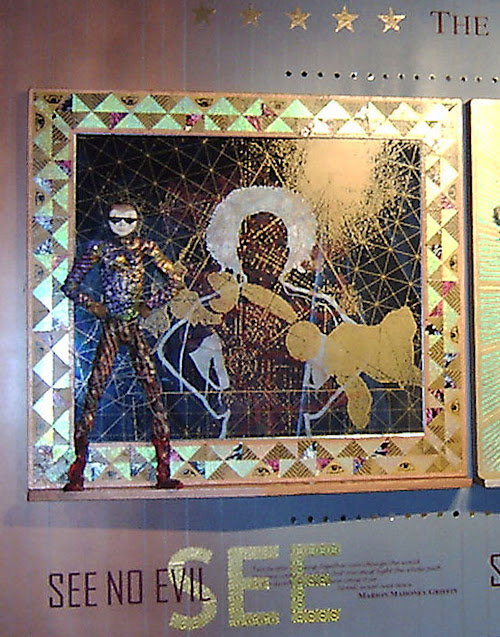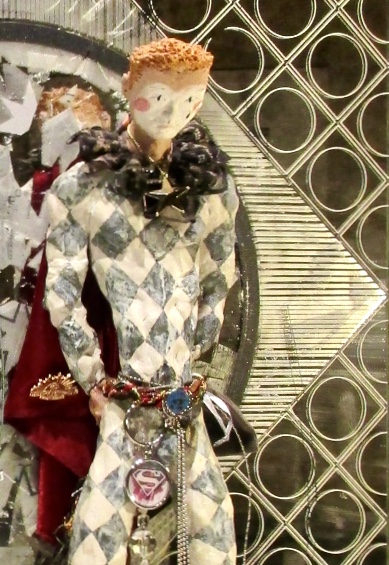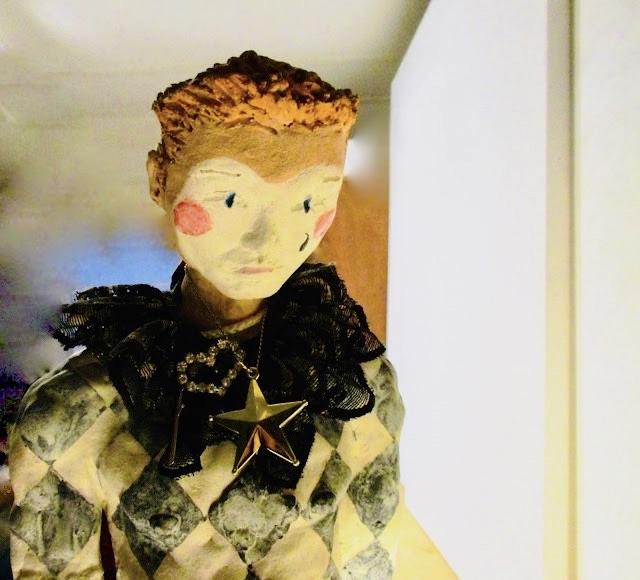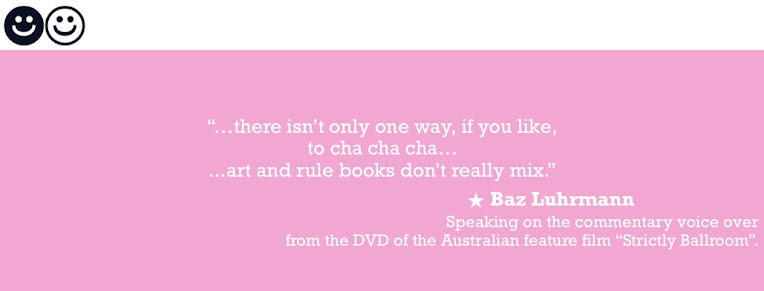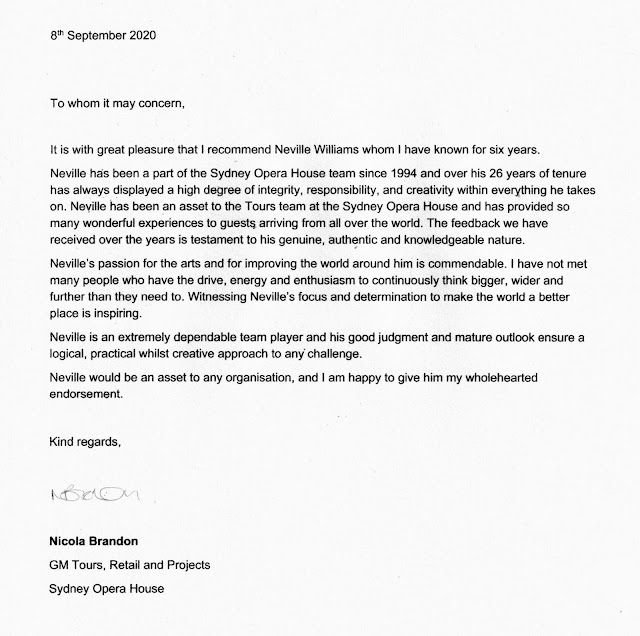OVERVIEW - (SPECIFIC DESIGN ELEMENTS)
THE MIRRORS
This artwork represents a journey from darkness to light.
Hence the first panel is a blue/black mirror, the second panel a gold mirror
and the third a silver mirror.
The use of the mirrors as the canvases encourages the viewer to “see yourself”.
This is the key message of the Trilogy.
The panels reflect on some of the history that has made us what we are today
and what we could be.
THE MOUNTS (COLLAGED)
The mounts around each canvas (mirror) utilise gift-wrapping paper. Burley Griffin’s Canberra, Utzon’s Sydney Opera House and the Spirit of Bennelong Story for Australia are all gifts that have been given and most importantly that we gave or can give to ourselves.
PANEL 1 MOUNT - WALTER BURLEY GRIFFIN (BRONZE PANEL) - The Eye of Horus (the all-seeing eye) draws on Burley Griffin’s interest in the study of Theosophy. Theosophy in turn drew on the ancient wisdoms including the Ancient Egyptian culture.
PANEL 2 MOUNT - JØRN UTZON (GOLD PANEL) - Utzon envisaged that the sky would reflect in the tiles used on the roof of the opera house and here they reflect the blue sky. The blue lines are also representative of the underside rib design of the opera house roof arches.
PANEL 3 MOUNT - ‘THE SPIRIT OF BENNELONG’/PIERROT/YOO (SILVER PANEL) -
You need money and leaders with passion to make vision a reality.
The mount for this panel shows Australia’s money.
Outstanding community leaders of course feature on our money.
LARGER BACKGROUND MOUNT
The three individual panels are mounted onto a single large corrugated patterned panel. This panel identifies the artwork title. Each of the three individual panels is underscored with a relevant quote taken from these notes.
The featured phrases SEE NO EVIL - SEE, SPEAK NO EVIL – SPEAK,
and HEAR NO EVIL - HEAR are a call to action. The striped or corrugated pattern
used throughout all the panels draws on an element from the specially written story…
THE WALL
Some have commented that the artwork is complex, dense, difficult to understand and impenetrable. But isn't that the way this world has become?
An artist's job is sometimes to hold up a mirror to the way things are. And you're wondering why you can't decipher the complexity of this work? Really!
If you look hard enough though you can still see yourself through the busyness we have made in us. The artwork might better be described as a wall of distraction. But a wall is something that can be climbed over, dug under or through. And sensibly it can also be walked around. (On the journey make sure yoo stop intermittently along the way for a latte and to enjoy the view.)
THE SYMBOLS
This artwork is packed with symbols as this is the basis for much of the way we communicate today. We now look to say as much as possible in a minimum way no matter whether that is visually, verbally or in writing. It seems so much of our everyday life is now encouraged to be fast. This applies no matter whether it is our food, our work, our banking, our entertainment, our relationships and our communications.
This “quickening” I think has something to do with an increasingly desperate need to find an “experience of satisfaction”. It could be said that we are looking for ourselves.
How successful are we at finding satisfying solutions? Our world ever increasingly is a melange of colour, attitudes, understandings, values and styles. We humans are always looking for ways to say and do more with less. Unfortunately this so often can tend to create misunderstandings rather than clarity.
I do realise that certain people will interpret this artwork to mean the exact opposite of what is intended. It would be true to say we generally see ourselves in the world around us. It will be interesting to hear some people’s outlook on life as expressed in their understanding of this artwork.
THE GEOMETRY and ARCHITECTURE
The basic shapes of a triangle (pyramid), a circle (sphere) and a square (diamond) have been used on each panel as these basic shapes are building blocks of architecture.
These shapes also connect well with the idea and patterning of a Harlequin.
The geometry of Canberra is based on the triangle and circle. The use of these shapes has been influenced by the study of Theosophy according to Peter Proudfoot in his book titled “The Secret Plan for Canberra.”
Jørn Utzon finally settled on the shape of a sphere to evolve the roof sails of the Sydney Opera House.
Why exalt those involved in Architecture? Architecture or our built environment is a very accurate and highly visible reflection of the state of a society. Our homes, our workplaces, our civic buildings, our suburbs, our cities all reflect us. Architecture is a wonderful metaphor for our state of being.
In the final panel the triangle (pyramid), circle (globe) and square (diamond) are in union.
THE DOLL-LIKE FIGURES
Dolls have a link to the innocence and free spiritedness of children. Without reservation both Burley Griffin and Utzon’s outlook reflected this idealistic, clear and unrestrainable driving force. Australia is moving from its childhood into its youth as a nation.
For the purpose of the artwork my interpretation of the three harlequin figures is that of three outstanding examples of colourful individuals who either chose or choose to aim for the stars.
For their efforts two of these harlequins were more or less crucified by the publics they served. They were treated as “puppets” of the system.
Bennelong ultimately in his life didn’t fare any better. Pierrot is meant to represent the better everyday man or woman. I wonder sometimes if we treat ourselves ultimately any better than were the other harlequins mentioned?
You can interpret each of the figures as either two dimensional cardboard cut-outs/puppets/ caricatures or as colourful individuals/superheroes. You can just about classify yourself as a superhero if you can remain a kind, living and giving, breathing human soul in the western free market capitalist, economic rationalist, globalised, consumerist culture we have all contributed to developing. As ideals or concepts these systems like any other systems we create are fine.
I certainly couldn't say that I am anti any of the systems just mentioned but I am anti-imbalance.
The trouble starts when you add human beings current motivations, manipulations, actions and responses to these systems. They increasingly seem to be tools to magnify lesser elements within us. Perhaps all of this says something more pointedly about where we are choosing to live from inside ourselves.
Do we want to be wooed or hammered into becoming two-dimensional taking machines or are we willing to apply ourselves to develop as three-dimensional giving human beings?
How you see the figures in the artwork is up to yoo.
How do yoo see yourself?
BENNELONG (3 PANELS) Australian Pioneer of reconnection
Outlined on the three panels is the silhouette of the Aboriginal Bennelong representing the need for a spirit of reconnection or reconciliation.
The outline is traced directly from the portrait of Bennelong produced by an unknown colonial artist identified only as the Port Jackson Painter. Bennelong was a pioneer, a leader in his own way. Leaders when they walk their own path suffer under mediocre bureaucracy no matter what the framework of human bureaucracy they face.
Bennelong died an alcoholic rejected by both the new settlers and his own people.
He is buried no more than two kilometres from the Sydney Olympic Park site just across the Parramatta River at Kissing Point near Bennelong Park.
















